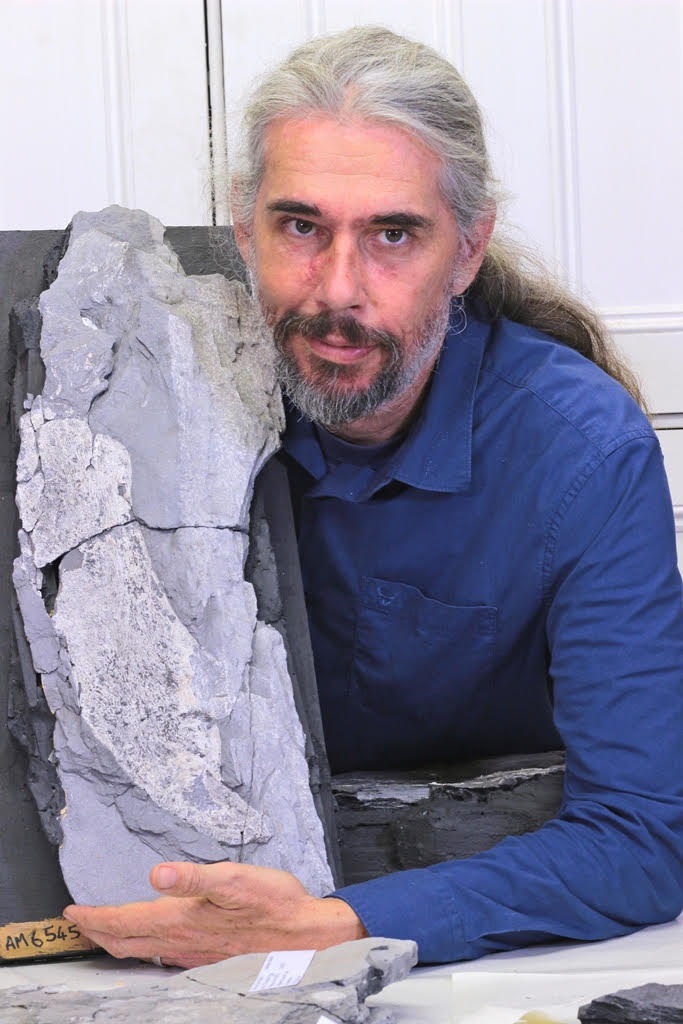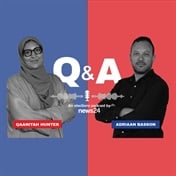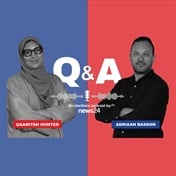
Ongoing collaboration between a project team from the South African National Roads Agency SOC Limited (SANRAL), and Dr Rob Gess of the Albany Museum- has recently resulted in global interest in a killer fish that lived near Makhanda 360 million years ago. The fish was described from remains recovered, with the help of SANRAL, during roadworks on the national route N2, where it passes Waterloo Farm.
Dr Rob Gess’ research on the fish has drawn widespread international acclaim since late February, further confirming Waterloo Farm as a globally significant fossil site of the Late Devonian period (approximately 360 million-year-ago).
“These fossils on Waterloo Farm help tell the story of life on our planet and where we came from,” Gess said.
SANRAL has now partnered with Gess to develop and promote palaeo heritage tourism in the area.
The newly described fish, Hyneria udlezinye, was a top predator of some 3m in length, that will have fed on smaller fish and the aquatic Devonian tetrapods (four-legged animals), Tutusius and Umzantsia, already described from the Waterloo Farm site.
Over a period of more than 30 years, Gess assembled dozens of specimens of Hyneria bones from the fossil-rich shale of Waterloo Farm. With the assistance of international lobe-finned fish expert, Professor Per Ahlberg, he then succeeded in piecing them together to describe the prehistoric killer.
Gess said Hyneria udlezinye was the 26th species found in shale from the site to be formally described and named, and there would be “a lot more”.
The Waterloo Farm fauna includes an array of extinct fossil fish, including lampreys, placoderms, acanthodians, sharks, ray-finned fish and lobe-finned fish, all belonging to species not known elsewhere. The flora included zosterophylls, primitive “ferns”, seed plants, herbaceous lycopods, tree lycopods and Progymnosperm Archaeopteris trees.
“We have the earliest four-legged animals from Africa, the earliest terrestrial animals from the whole continent of Gondwana in the form of scorpion remains, the oldest lampreys in the world with the whole life cycle of lampreys, Africa’s oldest coelacanths, and the earliest trees from sub-Saharan Africa,” Gess said. “They all come from a single ecosystem which is really special. Though each of these plants and animals is really interesting on its
own, what is also really exciting is putting together the broader picture of the interconnected ecosystem that they shared.”
“It is a world-famous site already, but we still have so many fossils waiting to be described.”
The current Eastern Cape was on the southern edge of Gondwana during the Late Devonian, well within the Devonian Antarctic Circle, and the rocks at Waterloo Farm provide the only comprehensive record of an entire ecosystem from within these polar regions.
These rocks were first exposed by roadworks in 1985, but most of the material that is now being described comes from samples rescued during subsequent roadworks by SANRAL in 1999, and between 2007 and 2008. Further related sites at Rabbit Ridge and Coombs Hill were discovered nearby during roadworks during 2016 and 2017, and excavated by Dr Gess’ student Chris Harris, with the assistance of Dr Gess and SANRAL.
At Waterloo Farm the agency provided Gess support, labour and a flatbed truck to rescue the shale, in both 1999, and between 2007 and 2008. It then built sheds to preserve the 100 tons of rock for later excavation, as the shale would otherwise have been destroyed by natural weathering processes.
In the latest demonstration of the treasure trove of prehistoric riches on Waterloo Farm, preparation of material in 2022 has revealed soft tissue preserved remains of both male and female examples of a rare group of extinct ‘sharks’.
Complete remains of this group, which are actually stem group holocephalans (mostly extinct cartilaginous fish) have only ever previously been known from the (younger) Carboniferous Bear Gulch lagerstätte of North America.
From these and other remains Gess posits that some low latitude post End Devonian Extinction recovery taxa originated at high latitudes and as such were preadapted to global cooling.
Significant remains also have been assembled from a ray-finned fish species found on Waterloo Farm. Save for a few fish scales and a single partial lower jaw from South America, these are the only known ray-finned fish remains from the Devonian of former southern Gondwana. Dr Brian Choo from Flinders University, Australia is currently in Makhanda writing them up with Gess.
Dr Gess is understandably excited about these developments and the impact they are having on the scientific and teaching community.
Hyneria udlezinye is, for example, set to be included in the 2023 National Geographic Kids Almanac.
“Our kids in South Africa love books on fossils, but a lot of these are written overseas, so there is this feeling that the fossils are somewhere else. It all seems like ‘hearsay’ that comes from Europe and America,” he said.
“But we have fossils right here outside Makhanda and in the Karoo. There is a huge range in the Eastern Cape, but most people don’t know anything about them. The fact is we have local examples representing our history, and this is massive from an educational point of view.”
SANRAL is collaborating with Gess on the development of a palaeo heritage tourism site adjacent to the N2 at the Coombs Hill locality, east of Makhanda. Pull-off and parking areas have already been completed for the attraction, which will include a preserved section of the geology at Coombs Hill, picnic sites and information boards about Coombs Hill, Waterloo Farm and Rabbit Ridge.
Visitors to the site will also be encouraged to travel to the Albany Museum’s Waterloo Farm Museum at the Devonian Ecosystem Project in Beaufort Street, Makhanda, to see a selection of the original fossils.
In addition, the gallery boasts detailed reconstruction paintings by top South African palaeo artist Maggie Newman, developed over several years in conjunction with Gess and funded by SANRAL.
“This ongoing collaboration between SANRAL and Dr Gess, on this project is reflected in our environmental management programme where we remain committed to protecting and preserving our natural heritage,” said Mbulelo Peterson, SANRAL Southern Region’s Manager.
This post and content is sponsored, written and produced by SANRAL.




 Publications
Publications
 Partners
Partners


























